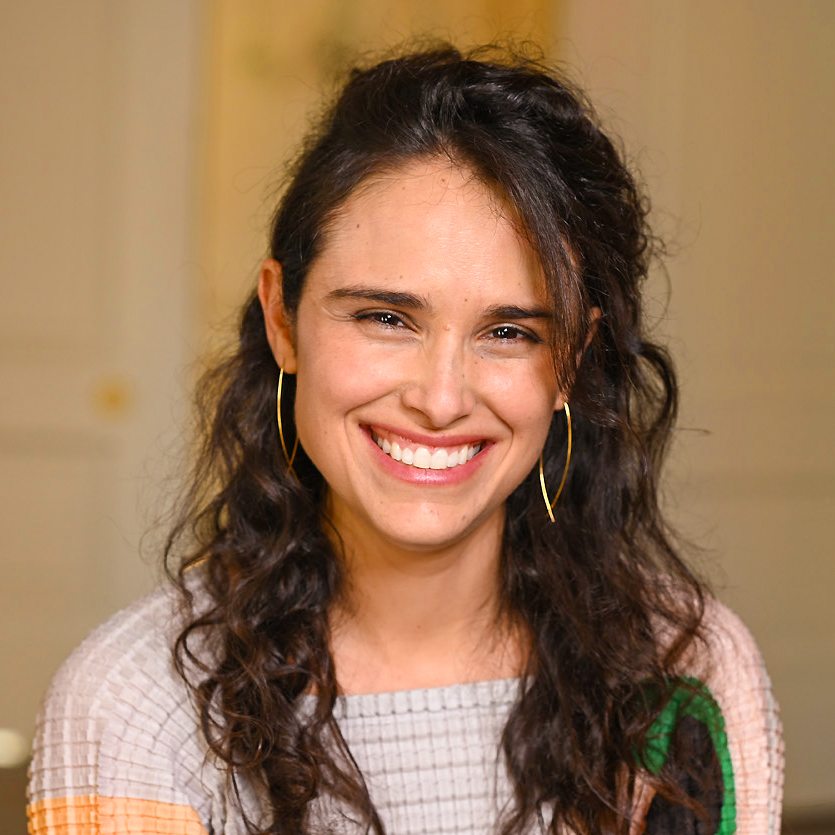MEXICO CITY — Tote bags, city walls, carnival costumes, dolls. We see her everywhere, the black hair tightly pulled back, flowers framing the face, the eyebrows with a light bridge of hair between them, the firm look, the red lips with a delicate mustache on top.
But as widely recognizable as Frida Kahlo’s face is, I wonder how much younger generations really know her—how she felt about art, politics, love, or how her legacy might resonate in contemporary Mexico. A recent documentary renders a vivid and welcome reintroduction to her inner world.
Yes, there have been biopics, documentaries, a 500-page biography. But it had been a while since her life had been given a big platform, pop treatment—the well-known Salma Hayek film came out in 2002. Frida, by the Peruvian director Carla Gutiérrez, is a production of Amazon Studios, and widely accessible in terms of distribution and aesthetics.
The documentary’s ace in the hole is that the birth-to-grave narrative is told by the painter herself. It’s an ingenious way to carve out a person from a pile of merch. There are no known recordings of Kahlo’s voice, but actress Fernanda Echevarría del Rivero conjures up her words from diary entries and letters.
And what words she had! Funny, critical, biting, vulnerable. A great writer as well as a painter.
We make our way through her cheeky, gender-bender childhood; the accident that caused the injuries with which she dealt her entire life; her life-long love affair with socialism and Mexicanness, a combination enlivened by the Mexican Revolution; her trajectory in art and politics, in Mexico and in the U.S.; her relationships, the main one being with muralist Diego Rivera. While we listen to her, we see a lot of photos (her father was a photographer so there are many great domestic visuals) interlaced with animations of her paintings. At times the pattern feels repetitive, but it’s worth sticking with.
She emerges as a woman who saw power structures with suspicion and irreverence and had an aversion to orthodoxies.
La gran caca—“the big shit”—is an expression she used often. “Everyone here thinks Diego is la gran caca,” she says of the U.S., where the couple spent a few years in the 1930s when Rivera was commissioned to paint murals in Detroit and New York. “It irritates me that the most important thing in Gringolandia is to have ambition, to become ‘someone,’ and frankly I don’t have the slightest ambition to be someone, I despise their pride, and being la gran caca doesn’t interest me at all.” About the French surrealists, such as André Breton, who admired her paintings, she said, “They sit in the cafe for hours warming their precious asses. They talk endlessly about ‘culture,’ ‘art’ and ‘revolution.’ They poison the air with theories that will never come true. It’s a decadent manifestation of bourgeois art.”
But judging from the Kahlo we see in the film, it seems she would likely have had fun seeing herself as the pop figure she now is. She turned out to be la gran caca.
At a moment when Mexico has elected its first female president, Claudia Sheinbaum, and headlines justly reflect the significance of that, it also seems appropriate that one of the country’s most iconic figures gets another, more intimate treatment.






